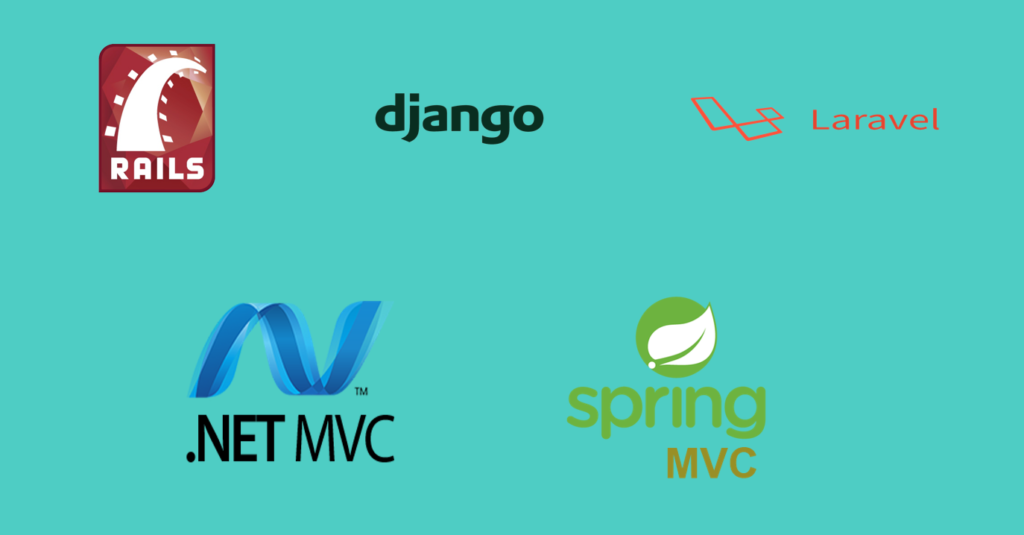Introduction
MVC Architecture is one of the widely used software architecture. Though it is mainly used in web applications, many of the concepts in the MVC architecture could be used in other types of applications.
By end of this post, you’ll know
- What is MVC application
- What are some popular framework that use MVC architecture.
- Why you should use MVC architecture.
History

The MVC application was first introduced in 1979 by Trygve Reenskaurg, a computer scientist and professor.
Even though it was introduced in 1979, it didn’t become widely known in the computer programming community till it was added in the Class Library of Smalltalk-80 programming language.
Architecture
The MVC application consists of three layers
- Model
- View
- Controller

Let’s take a look at each of them one by one
Model
The model layer of the MVC architecture represents the data parsistantance of the application. That means the model is the representation of data in the database. It is responsible for reading, writing, updating, and deleting data from the data source. That data source could come from an API or it could be the database.
Model has no knowledge about View layer and only communicates to controller and database end.
View
The view is the UI layer of our application. It handles all the interactions with the user. That interaction is usually done by handling user events.
Similar to Model, the View has no idea about the Model, it only shows the UI component. The View communicates to the model through the controller.
It is important to note that the View could be composed of the small widget bound together.
Controller
The controller is the glue between the View and the Model. The controller makes a decision about which model to act upon and which View to choose based on the data received from the Model.
The controller usually also contains details about business logic. In some complex applications, the controller is again divided into a separate layer that represents pure business logic.
A controller could communicate to other controllers in order to share data amongst them.
Advantages
- MVC architecture allows easily separate concerns for each of the application layers.
- It is easy to understand and relatively easy to implement.
- MVC architecture is easy to extend as the complexity of the application grows.
- MVC architecture allows parallel programming of the application, which means multiple teams of developers could work on different areas of the application.
Popular frameworks

Summary
MVC architecture is extensible, easy to understand, and easy to maintain the application

